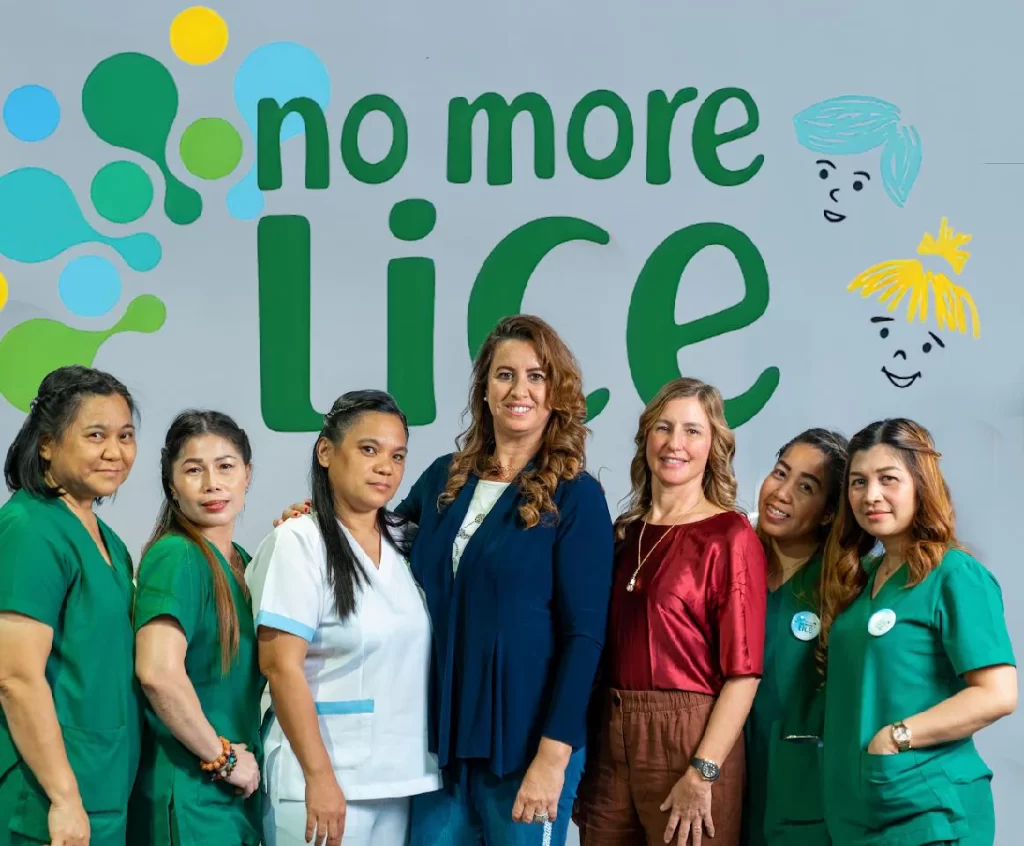What Are The Key Ingredients In Anti-Lice Shampoo?

Anti-lice shampoos are specially formulated to combat lice infestations and provide relief from the discomfort associated with them. These shampoos contain a variety of active ingredients designed to eliminate lice and their eggs (nits). Understanding these key ingredients in hair lice shampoo can help you choose the most effective treatment for your needs.
Pyrethrins:
Pyrethrins are natural insecticides derived from chrysanthemum flowers. They are one of the most common active ingredients in anti-lice shampoos. Pyrethrins work by disrupting the nervous system of lice, leading to paralysis and death. They are effective against adult lice but may need to be used in conjunction with other treatments to ensure all nits are eradicated. Pyrethrins are generally well-tolerated but can cause allergic reactions in some individuals.
Permethrin:
Permethrin is a synthetic chemical similar to pyrethrins but more stable and longer-lasting. It is widely used in anti-lice shampoos due to its effectiveness in killing lice and nits. Permethrin works by interfering with the nervous system of lice, causing paralysis and death. It is often recommended as a first-line treatment and is considered safe for use in children over two months old. However, resistance can develop with repeated use, so it is important to follow treatment guidelines carefully.
Malathion:
Malathion is an organophosphate insecticide that is used in some anti-lice shampoos. It works by inhibiting the enzyme acetylcholinesterase, which leads to the accumulation of neurotransmitters and eventual paralysis of lice. Malathion is effective against lice and nits but is generally used when other treatments have failed. It is applied topically and usually requires a longer application time. It is also flammable, so caution is needed during use.
Ivermectin:
Ivermectin is an antiparasitic medication used in some prescription anti-lice treatments. It works by interfering with the nervous system and muscle function of lice, leading to their death. Ivermectin is effective against both lice and nits and is typically used in cases where other treatments have not been successful. It is available in both topical and oral forms, but oral ivermectin is less commonly used for lice treatment.
Dimethicone:
Dimethicone is a silicone-based compound used in some anti-lice shampoos. It works by coating lice and their eggs, effectively suffocating them. Dimethicone is a non-toxic alternative to chemical insecticides and is considered gentle on the skin. It is often used in combination with other ingredients to improve efficacy. Dimethicone-based treatments can be a good option for individuals seeking a less chemically intensive solution.


